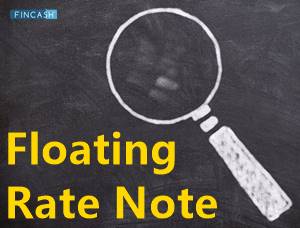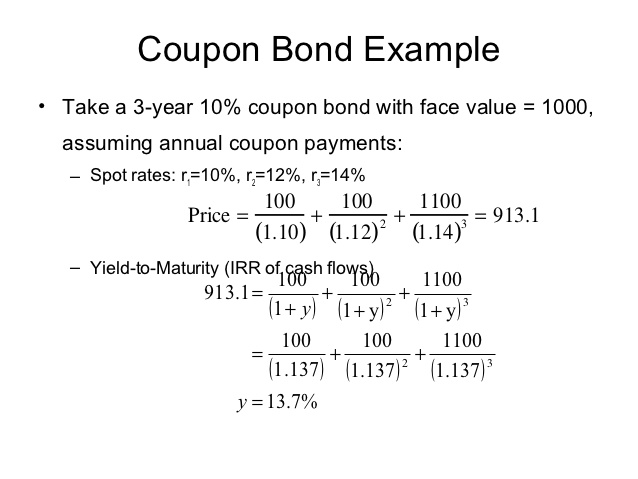What is a Floating Rate Note?
A floating-rate note (FRN) refers to a debt instrument having an interest rate that fluctuates. An FRN's interest rate is linked to a benchmark rate. Financial organizations, governments, and enterprises can issue floaters or Floating Rate notes with maturities ranging from two to five years.
FRN accounts or floaters, as opposed to fixed-rate debt instruments, allow investors to gain from a rise in interest rates as the floater's rate adapts to current Market rates regularly. Floaters are typically compared to short-term rates. The rate or yield paid to an investor on a bond often grows as the time to maturity approaches. Therefore, investors who hold longer-term assets benefit from the growing yield curve. In another way, a bond with a 10-year maturity should generally pay a larger yield than a bond with a two-month expiry.

As a result of being benchmarked to short-term rates, floating-rate notes often pay a lower yield to investors than fixed-rate notes. Thus, the investor foregoes a portion of the yield for the security of owning an investment that rises in line with its benchmark rate. However, if the short-term benchmark rate decreases, the FRN rate lowers as well.
There's no guarantee that the FRN's rate will rise as quickly as interest rates in a rising-rate environment. It all relies on how well the benchmark rate performs. As a result, an FRN bondholder may still be exposed to interest rate risk, which means that the bond's rate underperforms the market. An FRN's price has reduced Volatility or price changes since the bond's rate can respond to market conditions. When interest rates rise, traditional fixed-rate Bonds tend to fall because existing bondholders lose money by retaining a product that pays a lower rate.
As there is less economic benefit for bondholders in a growing rate market, FRNs avoid the market price fluctuations. FRNs, like any other bond, are subject to Default Risk, occurring when the corporation or government fails to repay the investor the principal or original amount paid. Because floaters have fluctuating rates, coupon payments can be unpredictable. A bond's interest payment is known as a coupon payment. A floater note may feature a cap and a floor, which informs an investor of the note's maximum and minimum interest rates.
The interest rate on an FRN can change as often as the issuer wants, from once a day to once a year. The reset period specified in the bond's prospectus indicates how frequently the rate will adjust. Interest may be paid monthly, semiannually, quarterly, or annually by the issuer.
Plain Vanilla Bond vs Floating Rate Notes
When investors expect the benchmark interest rate to rise shortly, they may buy a floating rate note. Thus, an FRN has a benefit over simple vanilla bonds in the event of a rate hike. When interest rates rise, the value of plain vanilla bonds decreases, and the bond's longer tenure leads to higher losses in value. The price of a variable rate note, on the other hand, does not fall as interest rates rise. Therefore, the FRN's rate is adjusted to help it maintain its worth.
Callable and Non-Callable Floating Rate Notes
FRNs can be issued with or without a callable option, which implies the issuer has the chance to return the principal amount to the investor and stop paying interest. The callable feature is disclosed upfront and permits the issuer to redeem the bond before its maturity date.
Pros
- Floating rate notes let the investors profit from rising interest rates as the FRN's rate changes to market conditions.
- Floating rate notes let the investors benefit from rising interest rates as the FRN's rate changes to market conditions.
- FRNs are accessible in US Treasuries as well as corporate bonds.
Cons
- If market rates climb faster than the rate resets, FRNs may still face interest rate risk.
- If the issuing company or corporation cannot repay the principal, FRNs may be in danger of Default.
- If interest rates in the market fall, FRN rates may decline as well.
- FRNs pay a lower interest rate than as compared to their fixed-rate counterparts.
All efforts have been made to ensure the information provided here is accurate. However, no guarantees are made regarding correctness of data. Please verify with scheme information document before making any investment.












